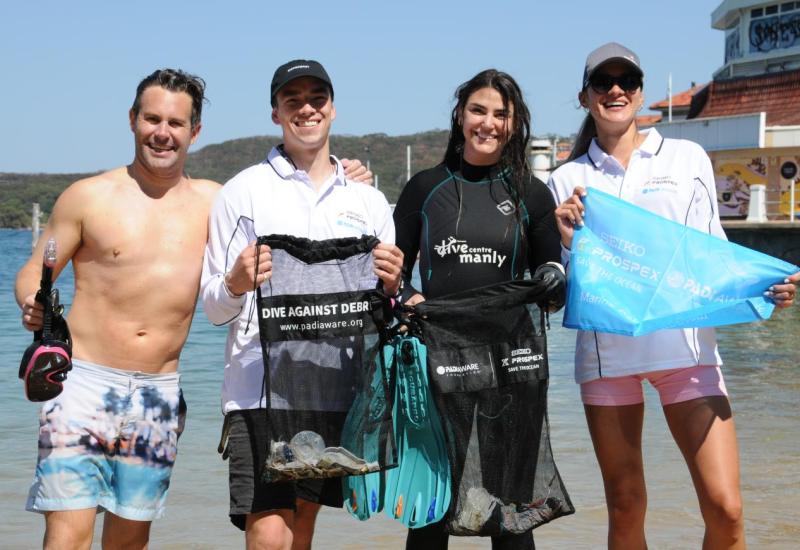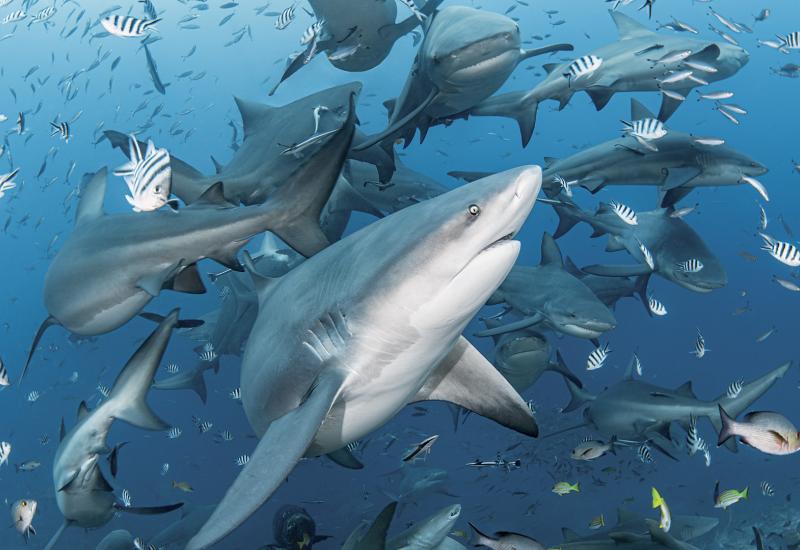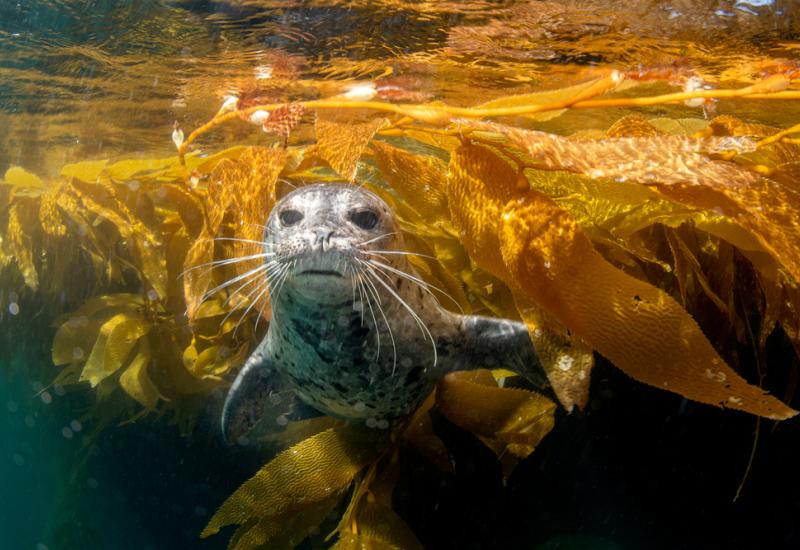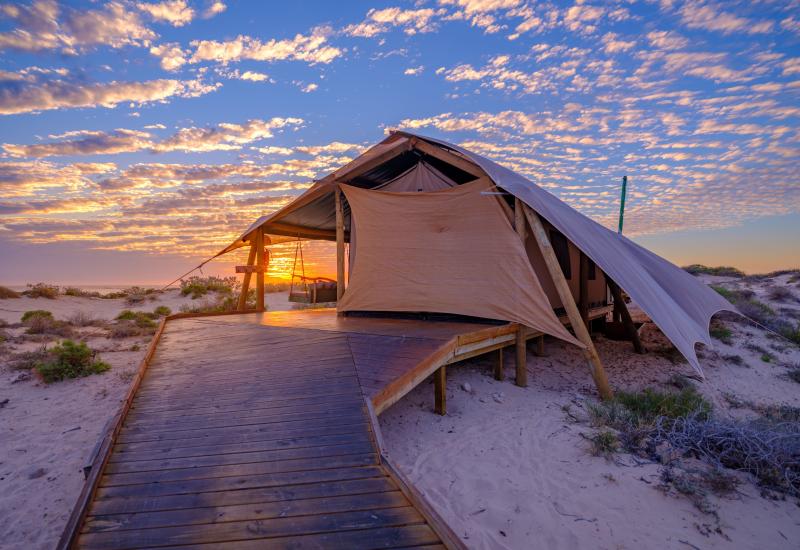A Guide to Scuba Diving in Bali and Lombok

Francesca DiacoMola Mola
Plant yourself at Bali or Lombok — smack in the middle of Indonesia’s archipelago — to enjoy overwhelming coral-reef biodiversity, fed by a foundation of mineral-rich volcanic substrate, plus these islands’ sheer walls, all of which attract scores of pelagic life from sharks to mola mola.
Choosing Bali as your base provides access to countless tiny islands off every coast, giving you the option to overnight in several regions and explore, or stay put and day-trip to spots such as Gili Tepekong and Gili Selang. Gili Tepekong, along the east coast, offers conditions well-suited to mola mola and reef sharks thanks to steep drop-offs and frequent strong currents. Off the easternmost tip of the island, nutrient-rich slopes of black sand in Gili Selang and the Amed region give way to mountains of coral, sheltering everything from pygmy seahorses and cuttlefish to large schools of fusiliers and jacks. Most dive centers offer trips to Secret Bay, aka the Gilimanuk area on the island’s westernmost tip. There you’ll find one of the country’s top sites for muck, rich with yellow margin morays, harlequin ghost pipefish, seahorses and more.
Lombok, the next major island east, holds a reputation for ample pelagic life just as much as it does for macro critters. Here, everything is in abundance. Off Lombok’s northwestern coast lie Gili Air, Gili Meno and Gili Trawangan, islands ideal for beginners ready to see walls of coral guarded by reef sharks and frequented by tons of turtles, plus snapper schools, clownfish, trevally and ribbon eels. Along the south side of the island, the Belongas Bay area delivers pinnacles, walls and gentle slopes where divers meet reef sharks, eagle rays, schooling rainbow runners and trevally, plus a critter-dense population among the reefs.
Scuba Diving Conditions
Water temp
Temperatures range from 75 to 82ºF, dipping as low as 72 on deeper ocean dives with mola mola and hammerheads
Visibility
At best, 150 feet, with averages from 60 to 80 feet; December and January rains can decrease visibility
Season
There is no bad time to visit Bali and Lombok; for big animals, travel June to August for mola mola, June through November for hammerheads
Signature Diving Sites in Bali and Lombok
Crystal Bay off Gili Tepekong
A speck of an island off Bali’s southeastern coast, this remains one of the few places on the planet for consistent sightings of mola mola. These odd-shaped delights, cousins of pufferfish and porcupinefish, make a mesmerizing encounter, exhibiting curiosity toward divers and allowing for long encounters thanks to their speed-challenged swimming that relies on bladelike dorsal and anal fins.
The Magnet
Scalloped and great hammerheads convene at this pinnacle dive in Belongas Bay off the southwest coast of Lombok. This is an advanced dive, suited only to divers comfortable with a negative entry. The reward: legions of big stuff, including mobula rays, set against acres of thriving coral reef.
Secret Bay
No Indo trip is complete without a muck dive, and this site on the westernmost tip of Bali is one of the best. Flitting atop the black sand are ghost pipefish, frogfish, cuttlefish, nudibranchs — including Gymnodoris — dragonets, cockatoo waspfish and scores more.










